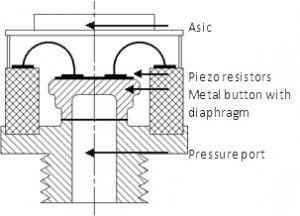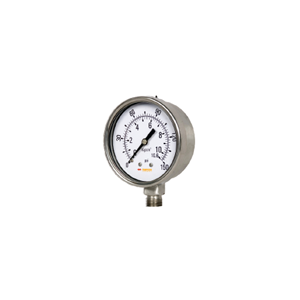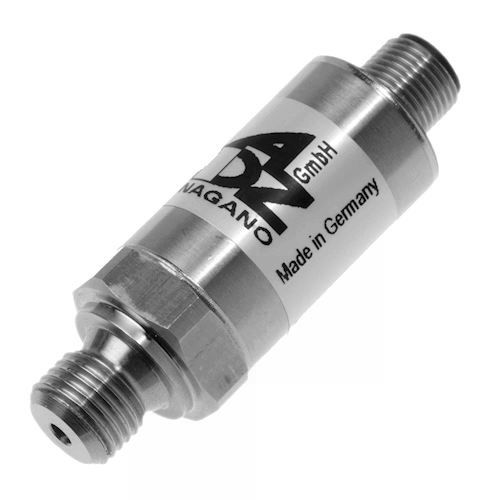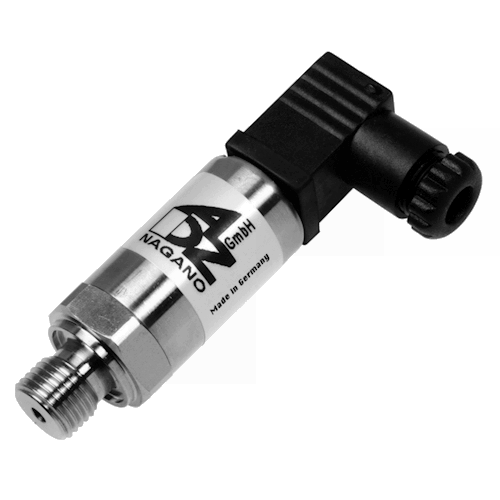- Have any questions?
- +61 424 178 561
- +61 3 9837 5203
- [email protected]
Pressure
Various measuring principles are applied today in electrical pressure measuring sensors. Most methods are based on the measurement of a displacement or force. In other words, the physical variable “pressure” has to be converted into an electrically variable.
Normally, a diaphragm construction is used. Resistors are fixed onto a pressure diaphragm. These resistors convert a deformation of the diaphragm into a change of resistance (strain gauges). The deformation amounts to no more than a few µm. The resistors are made of semiconductor material and make use of the piezoresistive effect. In the piezoresistive semiconductor material (mostly silicon) the change of resistance is about 100 times greater than with metallic compounds, enabling very small pressure sensors on the one hand and very small measuring ranges into the mbar range on the other
Materials with very good elastic properties are used for these diaphragms. Stainless steels are used as a rule because of their elastic properties and good compatibility with process media. Ceramic materials are also being used more and more often on account of their good diaphragm properties.
The ADZ- SML Pressure Transducer contains a minimum of components, the sensor element, one signal conditioning ASIC and a power stage.
Sensor element
 Using a “thinfilm” fabrication process piezo resistive resistors are positioned on top of the “button” The stainless steel button is welded to the stainless steel pressure port, forming one single component. The sensor element can be used with all media compatible with Stainless steel 1.4301.
Using a “thinfilm” fabrication process piezo resistive resistors are positioned on top of the “button” The stainless steel button is welded to the stainless steel pressure port, forming one single component. The sensor element can be used with all media compatible with Stainless steel 1.4301.
ASIC
The signal processing (calibration and temperature compensation) is performed using a special ASIC.
A special software tool does calibration and compensation. This eliminates the need for adjusting or trimming of separate components, like in many other sensors. Combining all functions on a single IC provides significant gains in performance and reliability.



